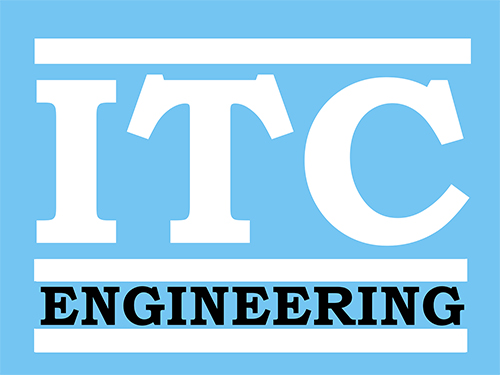The Impact of EMC on IoT Devices: Ensuring Reliable Connectivity
In the fast-evolving landscape of technology, the rise of the Internet of Things (IoT) has revolutionized the way devices interact with each other, creating a seamless web of interconnectedness. However, amid this interconnected marvel lies a potential hindrance known as Electromagnetic Compatibility (EMC). The impact of EMC on IoT devices cannot be underestimated, as it poses a significant threat to the performance and reliability of these interconnected marvels. In this blog post, we delve into the intricacies of EMC in IoT systems, unraveling the challenges it presents, and exploring how engineers can optimize their designs to ensure reliable connectivity.
At its core, EMC deals with the ability of different electronic devices to coexist in an electromagnetic environment without causing interference or experiencing disruptions themselves. In the context of IoT, where countless devices are interconnected, this harmony becomes paramount. Given the vast array of devices that constitute IoT ecosystems, from tiny sensors to powerful gateways, the diversity of frequencies, power levels, and communication protocols amplifies the complexities of achieving EMC.
The burstiness of IoT devices’ communication patterns can further exacerbate EMC issues. A multitude of devices sending and receiving data simultaneously can lead to abrupt, unpredictable surges of electromagnetic activity, potentially causing signal degradation or loss. Unlike traditional networks where human interaction often regulates data flow, IoT devices operate autonomously, intensifying the need to address burstiness and its impact on EMC.
Perplexity arises in the form of interference challenges within IoT systems. With devices packed into congested spaces, the likelihood of crosstalk and radiated emissions increases significantly. Ensuring that each device remains unaffected by neighboring signals becomes a formidable task. Moreover, as IoT devices continue to shrink in size, the proximity of sensitive components to each other further elevates the complexity of managing electromagnetic interference.
To mitigate EMC challenges, engineers must adopt a multi-faceted approach. One key aspect is the proper grounding and shielding of IoT devices. Implementing robust shielding mechanisms can isolate sensitive electronics, reducing the chances of unwanted interactions. Additionally, strategic placement and layout of components can minimize crosstalk, mitigating perplexity issues.
Another vital consideration is the selection of appropriate communication protocols and frequencies. By carefully choosing protocols that are less susceptible to interference and adopting frequency-hopping techniques, engineers can enhance the reliability of data transmission in the presence of burstiness.
Furthermore, leveraging advanced testing methodologies is crucial to ensure EMC compliance. Rigorous testing in real-world scenarios can unveil potential issues that may not surface during simulated testing. Continuous monitoring and analysis of the electromagnetic environment can help detect anomalies, enabling proactive measures to maintain reliable connectivity.
The impact of EMC on IoT devices is a multifaceted challenge that necessitates a delicate balance between perplexity and burstiness. As IoT technology continues to shape the future, engineers must confront and conquer these issues to ensure seamless connectivity among interconnected devices. By optimizing designs, employing efficient communication protocols, and implementing robust testing, we can overcome EMC hurdles and unlock the true potential of the Internet of Things. Only then can we usher in an era of unfaltering connectivity and unleash the boundless possibilities that IoT promises for our increasingly connected world.
